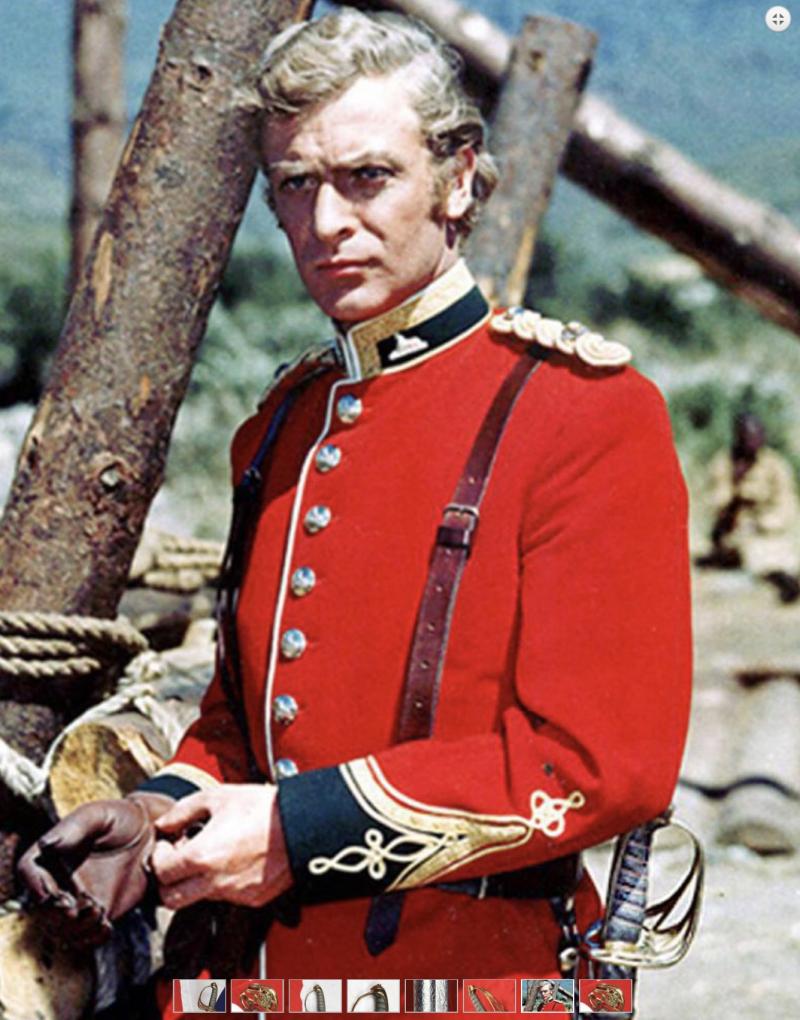A Superb Original Zulu War of 1879, 1870's Zulu Warrior's Iklwa Stabbing Spear. Geometric Wire Binding to The Haft
A nice 1870's Southern African stabbing spear, a typical officer's souvenir of the Zulu War.
Zulu Iklwa style spear with a long steel tapering blade. The collar of the blade haft is bound tightly with traditional telegraph wire and a split and seamed cow tail leather. Hardwood haft with the usual slightly swollen end. As weapons, the Zulu warrior carried the iklwa stabbing spear (losing one could result in execution) and a club or cudgel fashioned from dense hardwood known in Zulu as the iwisa, usually called the knobkerrie in English, for beating an enemy in the manner of a mace. The Zulu King provided his warriors with shield's but the impi were required to supply their own weapons, following a general design principle but this was a relatively fluid principle.
Zulu officers often carried the Zulu Axe, but this weapon was more of a symbol to show their rank. The iklwa – so named because of the sucking sound it made when withdrawn from a human body – with its long and broad 10. inch blade it was an invention of King Shaka that superseded the older thrown ipapa (so named because of the "pa-pa" sound it made as it flew through the air). It could theoretically be used both in melee and as a thrown weapon, but warriors were forbidden in Shaka's day from throwing it, which would disarm them and give their opponents something to throw back. Moreover, Shaka felt it discouraged warriors from closing into hand to hand combat. Shaka's brother, and successor, Dingane reintroduced greater use of the throwing spear, perhaps as a counter to Boer firearms.
In 1875 the 1st Battalion of the 24th arrived in Southern Africa and subsequently saw service, along with the 2nd Battalion, in the 9th Xhosa War in 1878. In 1879 both battalions took part in the Zulu War, begun after a British invasion of Zululand, ruled by Cetshwayo. The 24th Foot took part in the crossing of the Buffalo River on 11 January, entering Zululand. The first engagement (and the most disastrous for the British) came at Isandhlwana. The British had pitched camp at Isandhlwana and not established any fortifications due to the sheer size of the force, the hard ground and a shortage of entrenching tools. The 24th Foot provided most of the British force and when the overall commander, Lord Chelmsford, split his forces on 22 January to search for the Zulus, the 1st Battalion (5 companies) and a company of the 2nd Battalion were left behind to guard the camp, under the command of Lieutenant-Colonel Henry Pulleine (CO of the 1/24th Foot).
The Zulus, 22,000 strong, attacked the camp and their sheer numbers overwhelmed the British. As the officers paced their men far too far apart to face the coming onslaught. During the battle Lieutenant-Colonel Pulleine ordered Lieutenants Coghill and Melvill to save the Queen's Colour—the Regimental Colour was located at Helpmakaar with G Company. The two Lieutenants attempted to escape by crossing the Buffalo River where the Colour fell and was lost downstream, later being recovered. Both officers were killed.
11 inch blade {excluding socket haft}. 51 inches long overall
Code: 25514


